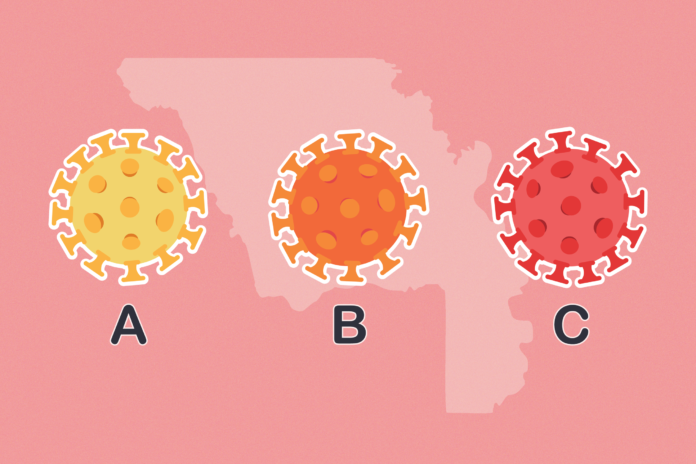How the UC Davis Genome Center identifies COVID-19 variants and contributes to the pandemic response
Despite the development of vaccines and fast testing methods, SARS-CoV-2 continues to mutate and pose threats to our community. According to a recent news release by Healthy Davis Together, the P.1 variant of the virus has been identified in Yolo County. According to the Centers for Disease Control and Prevention (CDC), this variant was first identified in Brazil, and contains 17 unique mutations, three of which are specific to the receptor binding domain of the spike protein.
Richard Michelmore, the director of the UC Davis Genome Center, explained that although mutations are constantly occurring in the genome, most of the time these changes do not have an impact on the virus. However, there are times that these mutations become advantageous and cause the virus to evolve.
“One of the selection pressures for a virus is to increase transmissibility,” Michelmore said. “So if a virus is more transmissible, it’s going to be more successful, and we have seen a number of mutations in the virus, particularly in the receptor binding domain of the ACE-2 receptor that confer greater transmissibility.”
According to the CDC, the P.1 variant is a variant of concern, meaning “a variant for which there is evidence of an increase in transmissibility, more severe disease (e.g., increased hospitalizations or deaths), significant reduction in neutralization by antibodies generated during previous infection or vaccination, reduced effectiveness of treatments or vaccines or diagnostic detection failures.”
Frank Schneegas, a public information officer at Yolo County, explained that due to the status of the P.1 variant, it is still important for people to follow public health guidance to reduce the number of infections. He further emphasized the importance for people to receive their COVID-19 vaccinations. Although there is some risk that the vaccine may be potentially less effective against these newer variants, the vaccines have been shown to still be effective.
“People still need to be careful and really follow the health and safety guidance that’s been out there,” Schneegas said. “Really, one of the most important things people should do is get vaccinated as soon as they can.”
Michelmore explained that in order to identify these variants, each of the different strains are sequenced and compared. Samples are put through a high-throughput PCR machine—originally used to monitor single nucleotide polymorphisms (SNPs) in plant genotypes—to first look for the absence or presence of the virus, and then again to test for which variant it is based on the presence of fluorescent markers. Michelmore explained that through discovering distinct mutations that have occurred independently, the evolution of SARS-CoV-2 demonstrates convergent evolution of traits increasing transmissibility.
Although PCR testing may seem common in our modern times, Michelmore remembered when PCR was still a new technique first being introduced 30, 40 years ago. He expressed how impressive he found the rate at which the virus was sequenced and consequently vaccines began being developed. He explained that due to the tremendous acceleration of vaccine development technology due to COVID-19, he expects this new generation of vaccines to have a broad impact on medicine and in delivering cures.
“The technology to sequence viruses, the technology to distribute, communicate around the world, the scientific community, all of those were very, very important in the [COVID-19] response,” Michelmore said. “If this had happened in the 1960s, 1970s, we would not have been able to have even come close to having responded the way we did.”
Especially with the easy accessibility of COVID-19 testing in UC Davis, Michelmore recommends everyone is tested on a weekly basis, and even more frequently after traveling to high-risk areas. He attributes UC Davis’ low rate of infections to frequent testing, fast reporting of results, good contact tracing and generally good practices. He emphasized the need to deal with the pandemic on a global scale in order to better control the disease.
“Testing and genotyping doesn’t control the disease,” Michelmore said. “It tells you what’s going on. Masking and quarantining and social distancing, that’s what controls the disease.”
Written by: Michelle Wong — science@theaggie.org





